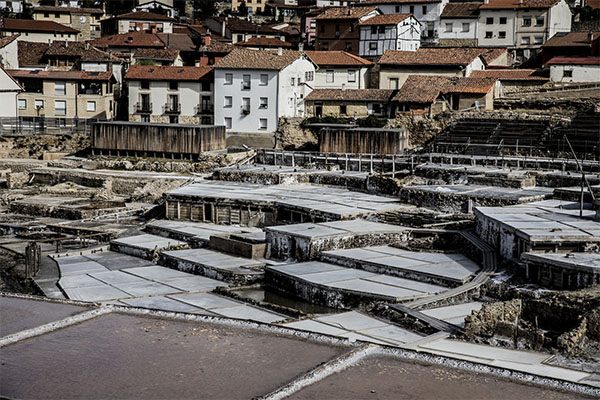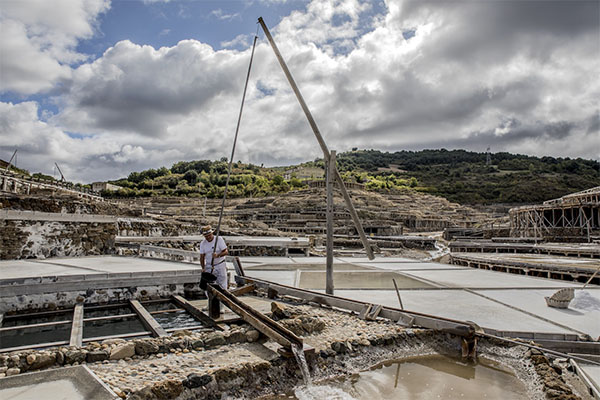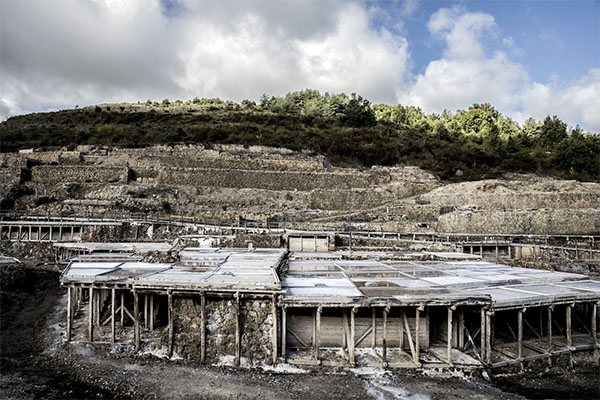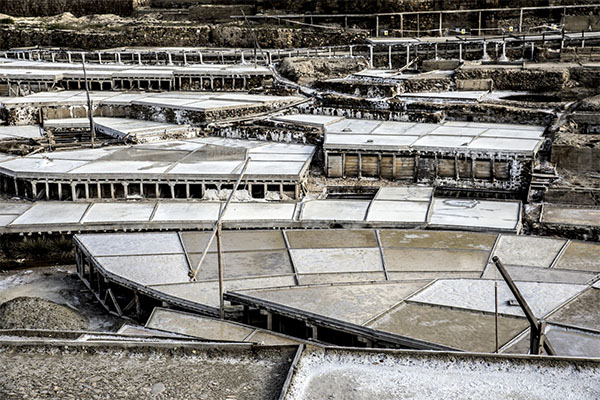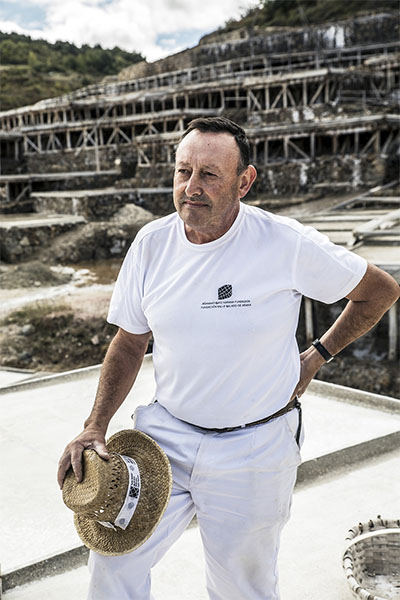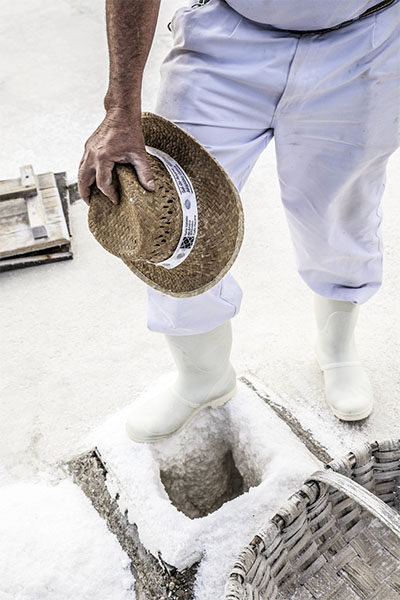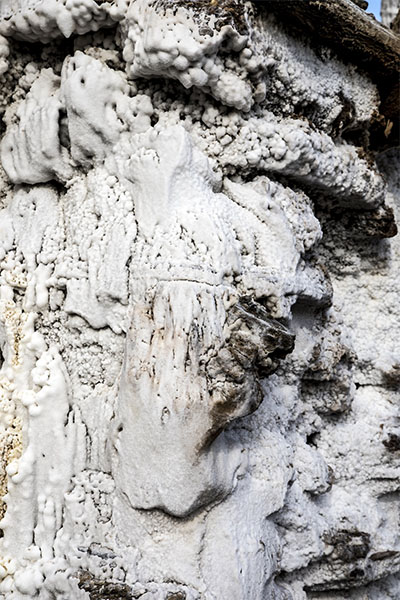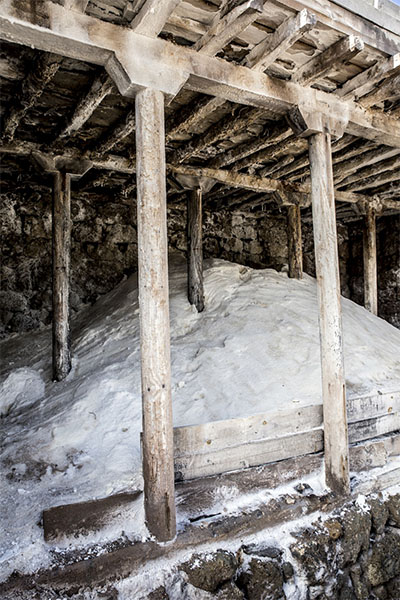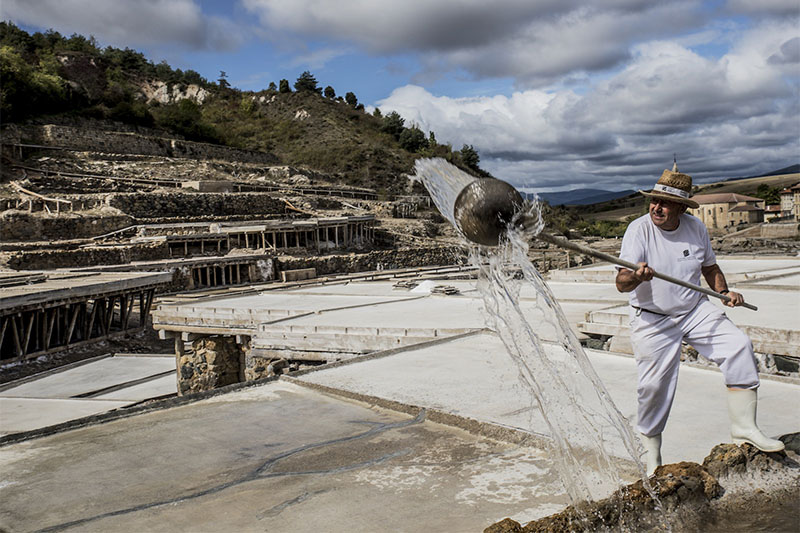
The Añana salt flats are one of the world’s oldest salt factories, because they date back 7,000 years This is also one of the best hinterland locations to investigate the history of salt: a substance which has been of vital importance to humanity, and was formally known as white gold, in view of its ability to preserve food.
Even the word “salary”, which the Romans invented to pay public officials with packages of salt, gives us an idea of the importance of this kind of rock: the only rock that human beings can eat. The Romans, in fact, were among the settlers in this enclave, which has met with much national and international recognition in recent decades.
The Añana Salt Valley won the Globally Important Agricultural Heritage System Award from the FAO (United Nations Food and Agriculture Organization) in 2017. In 2015 it was also awarded the Europa Nostra Grand Prix Award (European Commission) for comprehensive recovery of the Salt Valley.
The Añana Salt Valley has been a Spanish National Monument since 1984. It was necessary to raise awareness of the value of these salt facilities as a historical archive to rescue them from disuse in the 20th century following the arrival of refrigerators, and the train to coastal salt flats and salt mines. The importance of salt in days of old transformed Salinas de Añana into the first royal burgh in the present territory of the Basque Country. King Alfonso I of Aragón bestowed this honour on the town in 1114.
The site is quite striking, with terraced platforms which in their medieval heyday were composed of up to 5,000 “eras”, platforms of between 17 and 20 square metres, created to enable the sun to evaporate salt water during the summer months.
The salt water comes from a number of springs in the Añana diapir: a geological phenomenon that brings up salt from within the earth, from a sea that disappeared millions of years ago. The brine is distributed through a system of channels which use the force of gravity to convey water across the entire site, built for centuries from stone, wood and clay. These materials are not rusted by the brine, which has a salt content of 210 grams per litre: higher than any sea, excluding the Dead Sea.
Edorta Loma, head of production at the Añana Salt Valley Foundation, is one of those who know most about the salt flats, because he is part of one of the family sagas who have extracted salt here on the basis of usage rights documented in writing more than 1,200 years ago.
Loma and his team of salt producers create an ecological artisan salt backed by chefs of international renown such as Martín Berasategui (the chef with the most Michelin stars in Spain), who did not hesitate to dub the Añana variety the Rolls-Royce of salt.
You can take a look at the video in which Edorta Loma is demonstrating his art to photographer Maite Caramés, who took most of the photos on Walk On the Basque Side.
Not only Martín Berasategui, but also Joan Roca, Andoni Luis Aduriz, Eneko Atxa and Diego Guerrero have their own salt “era” in Añana, and they use the product to season their fare for diners from all over the world. These famous chefs are the leading ambassadors for Añana salt, now a feature of the kitchens of many a Basque household.
Añana salt is also well known abroad, thanks to the almost 90,000 annual visits to the enclave selling various versions of the product: mineral spring salt, salt flakes, liquid spring salt and “chuzo” chunks.
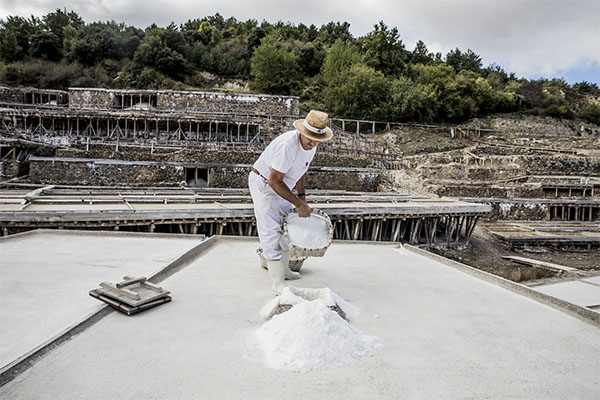
The salt chunk is a unique product worldwide, and almost a collectors’ item, because very little of it is produced. It emerges from small salt water filtrations along upper structures and channels which create salt stalactites drip by drip. Taste analyses performed by specialists demonstrate that it is of much better quality.
The chunks, which used to be given away to the poor, are now worth 600 euros a kilo, according to Edorta Loma, by way of a demonstration of the prestige that the enclave has regained thanks to the Salt Valley Foundation, created as a non-profitmaking organisation in 2009.
Anyone (including you, by making a contribution) can help fund this project, which is backed by the main Basque institutions, to win back and upgrade this unique facility. The Salt Valley has restored 16 “eras” to date.
Activities on the platforms are not restricted to salt production, and they are also used to conduct research, and preserve and regenerate biodiversity and flora related to the salt flats. These species, many of them threatened species, are known as halophiles, and they co-exist alongside the Artemia parthenogenetica: a crustacean approximately 3 mm in length, which may easily be spotted during the visit to the salt flats.
The Añana Salt Valley is 30 kilometres from Vitoria-Gasteiz, and an hour from Bilbao by car. Your visit is not only a history lesson, but also enjoyment for the senses and a contribution to the preservation and life of rural areas, so necessary in modern society.
***


